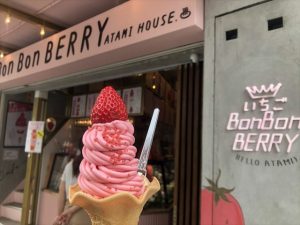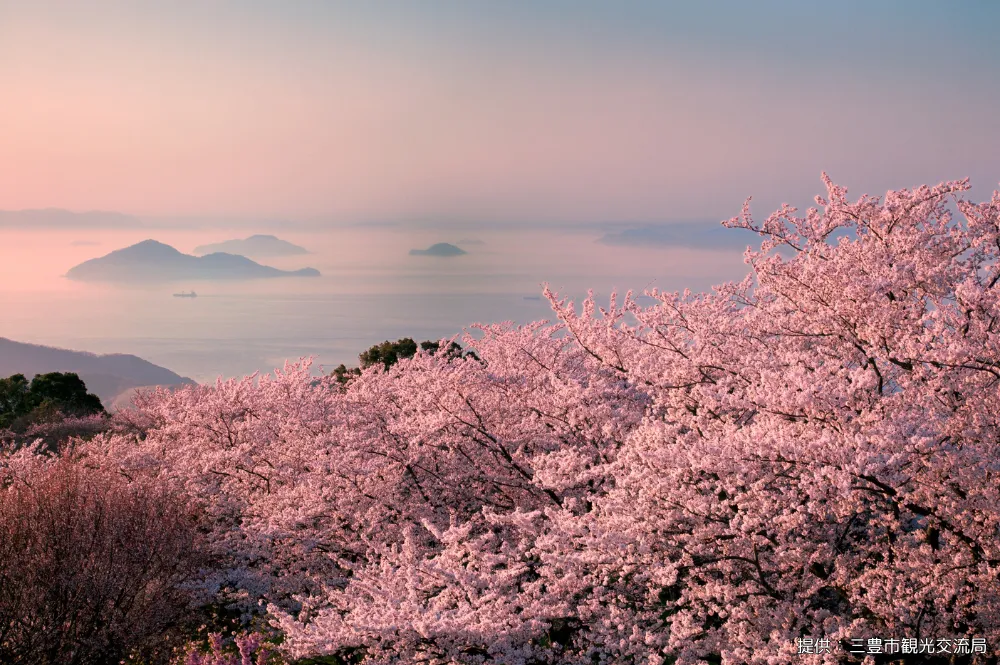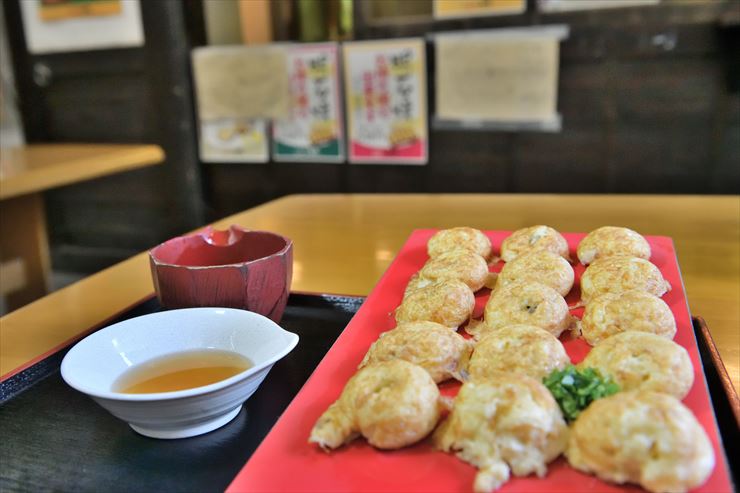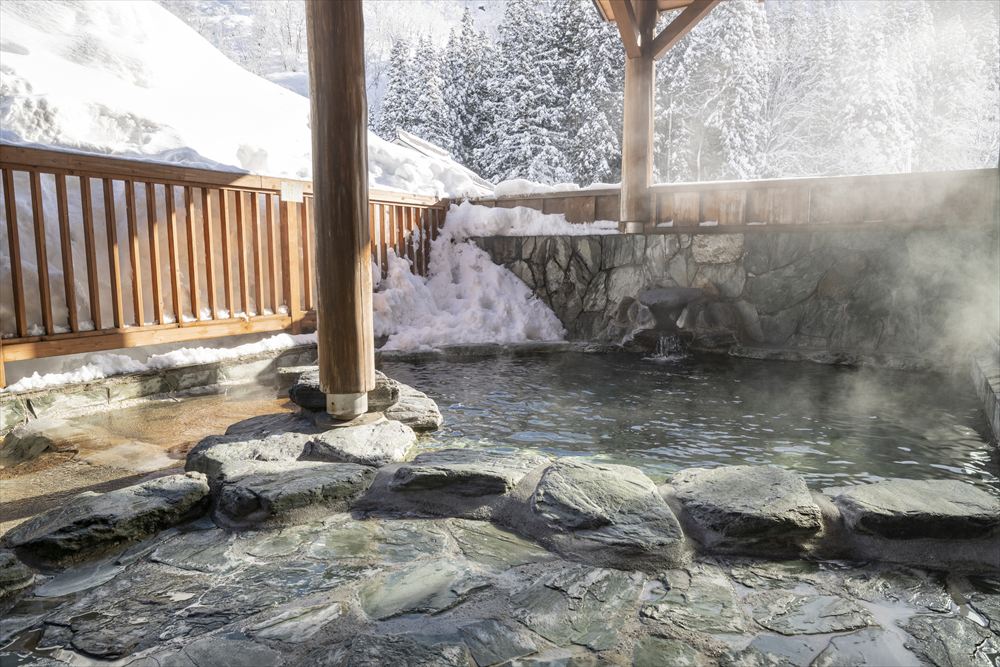Newly renovated Dogo Onsen and surrounding sightseeing spots
The History of Dogo Onsen
Dogo Onsen is considered the oldest hot spring in Japan, known for centuries as a famous healing spot, and appearing in well-known historical texts and literary works. The symbol of Dogo Onsen, the “Dogo Onsen Honkan” (Main Building), was designated as Japan’s first public bath to be listed as an Important Cultural Property in 1994.

The Newly Renovated Dogo Onsen Honkan
Since 2019, large-scale renovations for seismic safety and preservation have been underway, with the Honkan partially open during this time. This historic building has been upgraded for comfort, with new amenities such as air conditioning, updated sinks in changing areas, and more. The bathhouse itself has been carefully restored to maintain its historic and cultural significance, retaining its original appearance.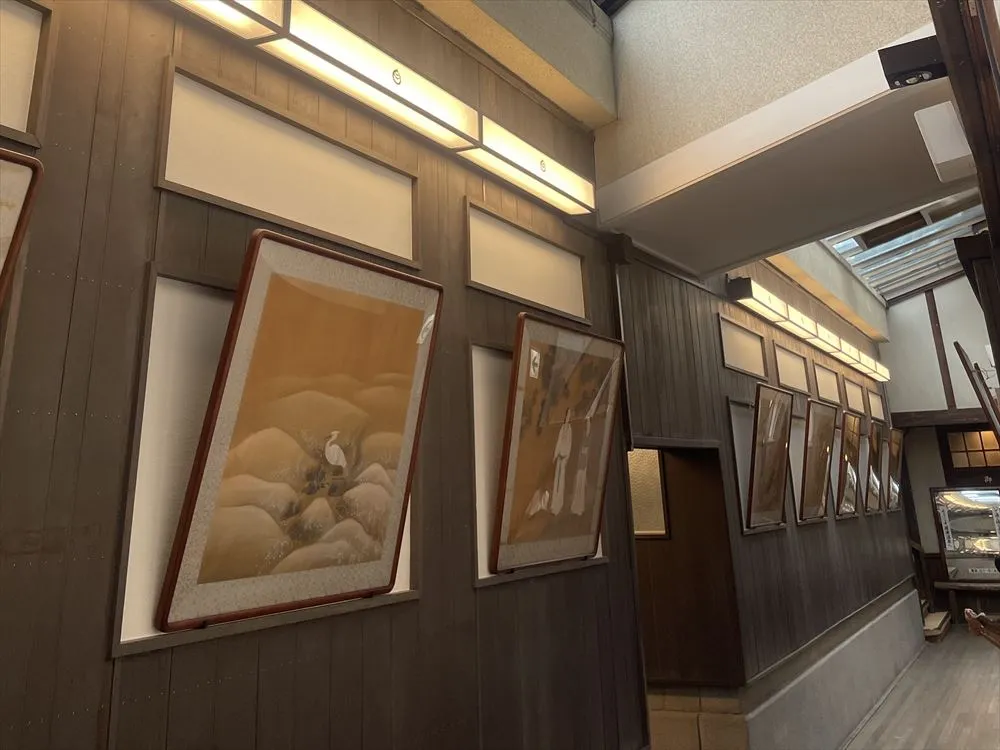 The third floor features the “Botchan no ma Room,” a space once used by famous author Natsume Soseki (1867–1916) and his poet friend Masaoka Shiki (1867–1902) during Soseki’s posting as a teacher in Matsuyama. Guests of the Honkan are welcome to tour this room.
The third floor features the “Botchan no ma Room,” a space once used by famous author Natsume Soseki (1867–1916) and his poet friend Masaoka Shiki (1867–1902) during Soseki’s posting as a teacher in Matsuyama. Guests of the Honkan are welcome to tour this room.
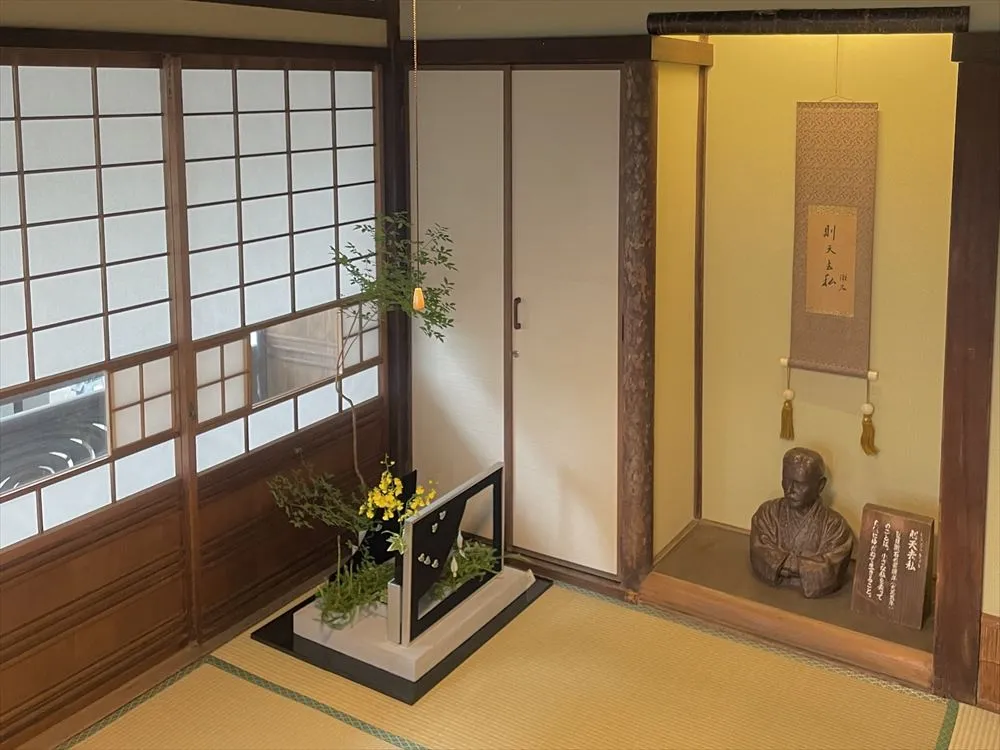
Nearby Sightseeing Spots
1. Sora-no-Sanpomichi (sky promenade & footbath)
On the south side of the Honkan is the “Sora-no-Sanpomichi,” a scenic viewpoint overlooking the onsen town. It has a foot bath and benches, along with a garden that displays seasonal flowers and a wisteria trellis. There is also a haiku monument dedicated to local poet Masaoka Shiki. Warm up in the foot bath while enjoying a leisurely view of Dogo Onsen’s picturesque scenery.

2. Dogo Onsen Annex Asuka-no-Yu
Close to the Honkan, the “Dogo Onsen Annex Asuka-no-Yu” was designed in the architectural style of the Asuka period (late sixth century–710), evoking a centuries-old ambiance. Inside, the baths are adorned with modern art displays, including projection mapping inspired by the world of Japanese waka poetry, creating a serene natural atmosphere.
 In the relaxation area, you can wear a yukata, sit on tatami mats with cushions, and enjoy tea and sweets for a traditional Japanese experience.
In the relaxation area, you can wear a yukata, sit on tatami mats with cushions, and enjoy tea and sweets for a traditional Japanese experience.

| URL | https://dogo.jp/onsen/asuka |
3. Local Cuisine & Cafes
Dogo Onsen is home to several restaurants where you can try Ehime’s local specialty, “tai-meshi” (sea bream with rice). I visited “Uwajima Taimeshi Gansui,” just a two-minute walk from the Honkan.
Fresh sea bream sashimi is marinated in a soy sauce and raw egg mixture, then served on warm rice. The tender, flavorful sea bream paired perfectly with the sweet-salty sauce and creamy egg. 

Dogo Onsen also has many cafes. I stopped by “mononofu.,” a chic spot hidden in an alley. In addition to counter seating, the café offers unique spaces with seats on stairs and a small area with artificial grass beneath, creating a cozy, “hidden” atmosphere. The menu includes coffee, sweets, and craft beer. 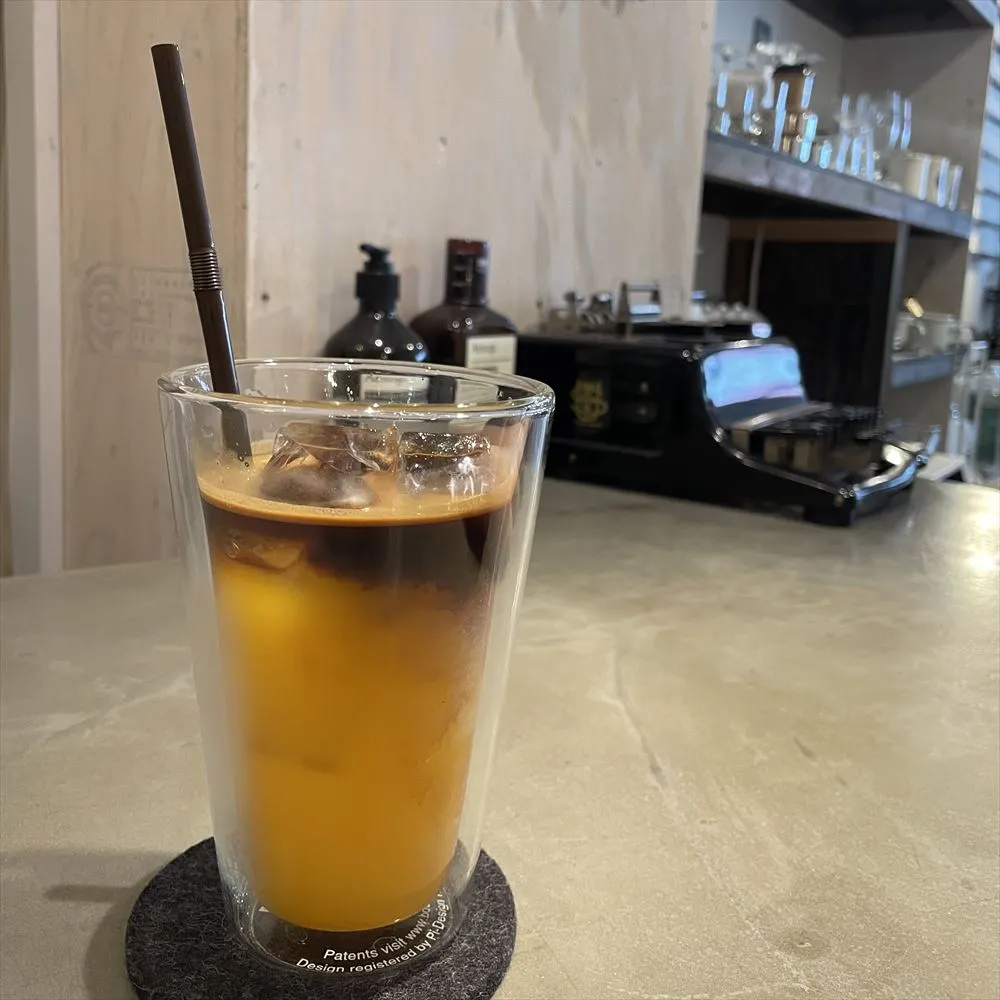
I ordered an orange espresso, made with fresh Ehime orange juice and espresso—a surprisingly refreshing combination with a clean, bright taste.
Closing
Dogo Onsen is a hot spring destination where you can feel both history and modernity. With plenty of sightseeing spots, local cuisine, and cafes beyond the onsen experience, you can enjoy a full day here. Take a relaxing trip and immerse yourself in the charm of Dogo Onsen!
Related articles:Dogo Onsen: enjoy an historic onsen and fine onsen town

